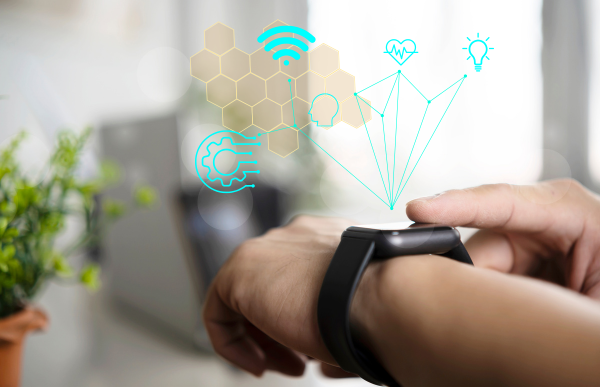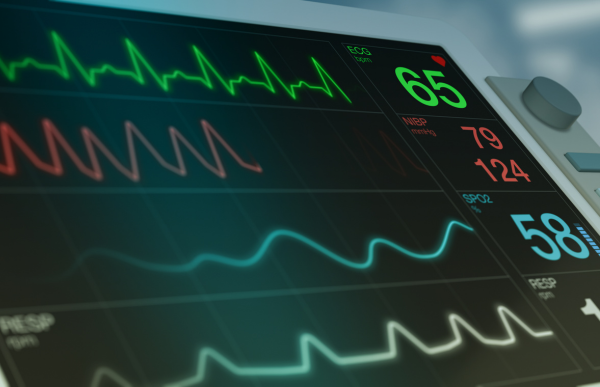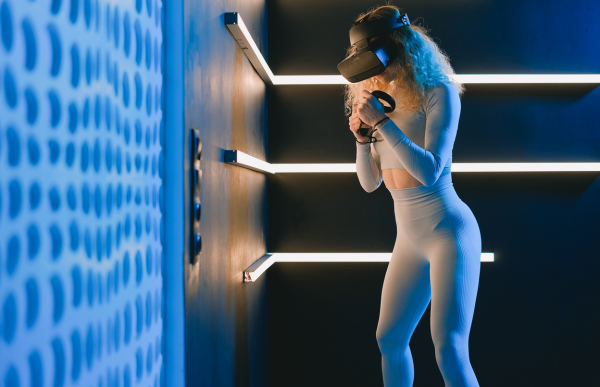
As advancements in technology bound forward, the medical world is looking to promote preventive care in an emerging niche: wearable technology. In many ways, it makes sense. Smart watches and tracker apps have piqued the interest of the masses and led to an increase in the accumulation of data surrounding heartrate monitoring, blood oxygen levels, menstrual cycles, and more. These days people at home can monitor their own risk levels with nothing but rubbing alcohol, latex gloves, and a wearable sensor applied to their skin, limb, or even clothing.
Wearable Tech is Here

Some wearable technology, like fitness trackers and blood pressure monitors, have been available for a while, but medical professionals are increasingly aware of the preventive measures that can be taken with the mountains of data these provide. By pairing these devices to a smart watch, patterns can be seen surrounding resting and active heartrate, sleep apnea, Covid symptoms, and blood pressure.
There are, however, new medical devices that have arisen recently in the age of wearable sensors. Wearable ECGs are now available, like this one from Kardia that include sensors and an accelerometer for charting data in real time. They can also be paired with a smart watch, detect abnormalities, and be shared with medical personnel for diagnoses and risk assessments.
The Future of Tech

ECGs and blood pressure monitors might seem like a hospital outsourcing its procedures to the patients, but there are a lot of smaller, more mundane ways to look at wearable tech and preventive healthcare. Thousands of patient care cases revolve around falls, strains, and minor injuries. Options like the Posture Shirt help people align their neck, shoulders, and back properly when sitting and standing, which can go a long way to reducing the load on physical therapists, massage therapists, and chiropractors. There are even hip guards targeted toward the elderly that actively detect falls and prevent hip fractures by inflating a protective air bag. Wearable technology doesn’t have to be glamorous—it can be as simple as a discreet belt or an armband—in order to have a huge impact in the number of patients a doctor sees every day.
Most importantly, by dispersing medical technology among the patient population, significant cost savings can be achieved. It also allows patients to be active and engaged participants in their own health, with data and outcomes that are easy to track on a phone and discuss with a care provider.
The Downsides

Wearable technology represents an exciting but uncertain step forward for the medical world, and—once the bugs are worked out—it could prove to be a dynamic and engaging way for patients to participate in their own health and preventive care too.


Leave a Reply